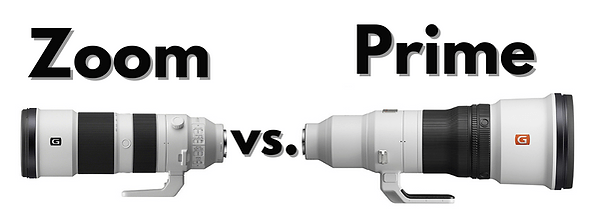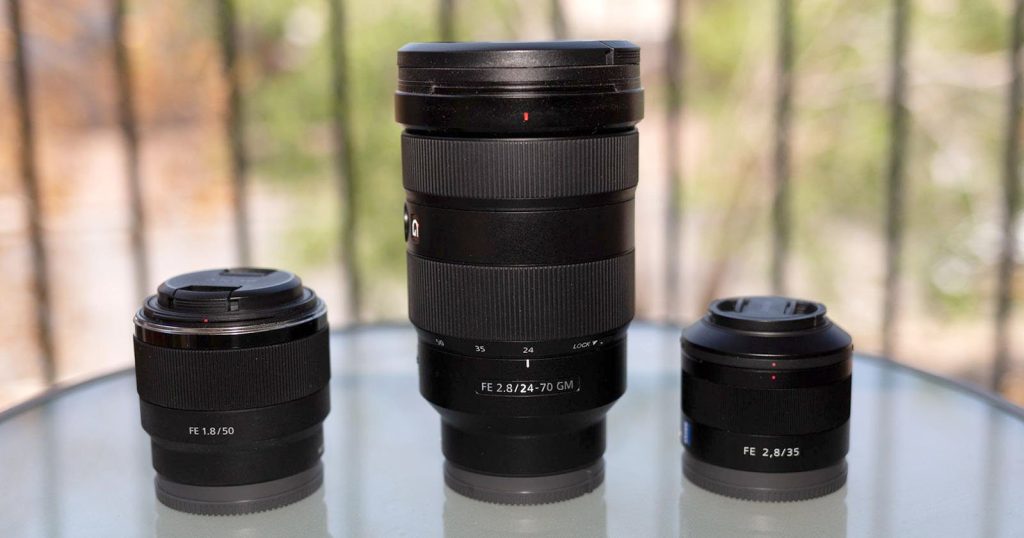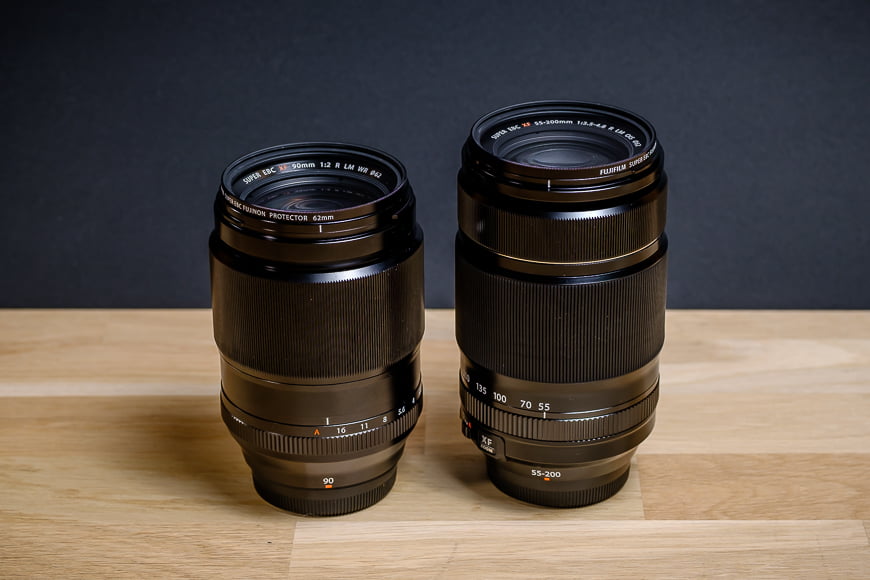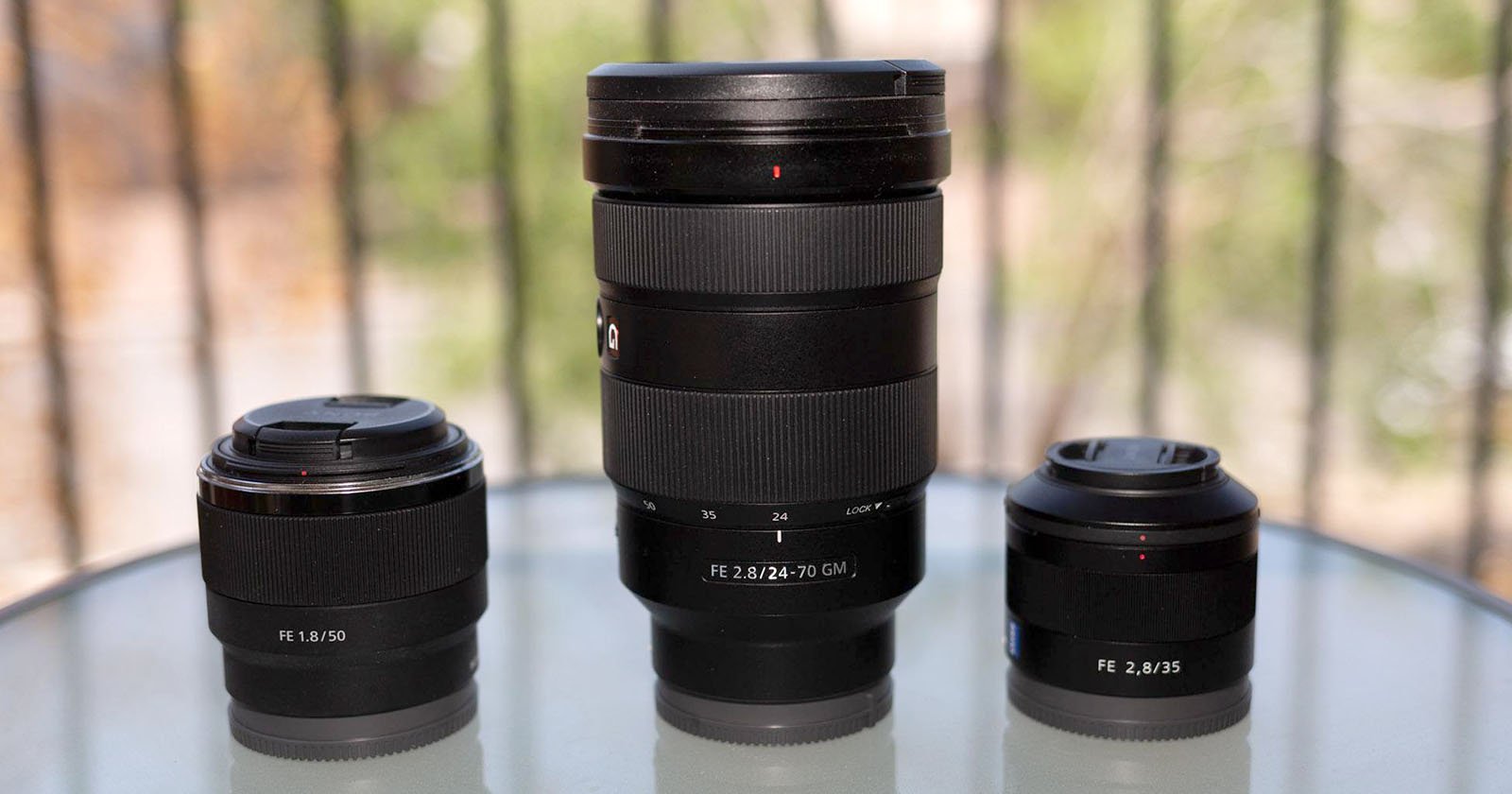Imagine capturing breathtaking landscapes and zooming in to capture the smallest details with just a flick of your wrist. Zoom lenses have revolutionized the world of photography, providing photographers with the flexibility to adjust their focal length and capture a wide range of subjects. However, as with any technology, there are drawbacks to consider. In this article, we will explore two key limitations of zoom lenses that photographers should be aware of. So, grab your camera and let’s uncover the challenges that come with the limitless possibilities of a zoom lens.

Heavy and Bulky
When it comes to zoom lenses, one of the primary drawbacks is their weight and size. Unlike prime lenses, which are designed with a fixed focal length, zoom lenses are built to cover a range of focal lengths. This versatility comes at a cost – the added bulk and weight. Carrying a zoom lens can be quite cumbersome, especially when going on long trips or hikes where every ounce matters. The additional space and weight required for zoom lenses can become a hindrance, making them less ideal for photographers who prioritize portability and convenience.
Reduced Aperture Range
Another drawback of zoom lenses is their narrower maximum aperture compared to prime lenses. The maximum aperture of a lens determines how much light it can gather, which consequently affects its low-light performance. Prime lenses, with their fixed focal lengths, often come with wider maximum apertures, allowing for better performance in low-light conditions. Zoom lenses, on the other hand, sacrifice some of this performance to accommodate the varying focal lengths. This can lead to limited low-light capabilities, resulting in images that may appear darker or more noisy compared to those captured with prime lenses.

Image Distortion
Zoom lenses, especially those with a wide zoom range, can suffer from various types of image distortion. At wide-angle settings, barrel distortion is a common issue. This occurs when straight lines appear to curve outward towards the edges of the frame, giving the image a distorted and bulging effect. On the other hand, zooming in to telephoto settings can introduce pincushion distortion, where straight lines appear to curve inward towards the center of the frame. These distortions can detract from the overall image quality and require additional corrections during post-processing.
Reduced Image Quality
While zoom lenses offer the convenience of variable focal lengths, they often come at the cost of image quality compared to prime lenses. One aspect where this compromise is evident is in the increased chromatic aberration. Chromatic aberration, also known as color fringing, is the result of different wavelengths of light not converging at the same focal point. This can lead to color fringing and reduced sharpness in the final images. Additionally, zoom lenses may exhibit less overall sharpness and clarity compared to their prime counterparts, especially at the extremes of their zoom range.
Vignetting
Vignetting refers to the darkening of the corners in an image. This phenomenon is more prevalent in zoom lenses, particularly when used at wider apertures or at the edges of the zoom range. The optical design and physical size of zoom lenses can lead to light falloff towards the edges, resulting in the corners appearing darker than the rest of the frame. While vignetting can sometimes be desired for creative purposes, it may require additional post-processing or image cropping to achieve a more balanced exposure across the entire frame.
Limited Depth of Field Control
Achieving a shallow depth of field, where the subject is in sharp focus while the background is beautifully blurred, is highly sought after in certain genres of photography. This control over depth of field is easier to achieve with prime lenses due to their wider maximum apertures. However, with the narrower maximum apertures of zoom lenses, it can be more challenging to achieve the same level of background blur or bokeh effect. This limited depth of field control is a drawback that photographers must consider when choosing between zoom and prime lenses, depending on their specific creative requirements.

Price
In terms of affordability, prime lenses often have an advantage over zoom lenses. Zoom lenses tend to be more expensive due to their versatility and complex construction. While there are budget-friendly zoom lens options available, high-quality zoom lenses with wider zoom ranges can come with a hefty price tag. Therefore, if you’re on a tight budget or simply prioritize cost-effectiveness, prime lenses may be a more preferable option to consider.
Complexity
Zoom lenses consist of more moving parts and mechanisms compared to prime lenses. With the ability to change focal lengths smoothly, zoom lenses require intricate internal mechanisms to ensure precise and accurate zooming. However, this increased complexity also brings a higher risk of mechanical failure. From potential issues like dust accumulation, zoom creep, or a malfunctioning zoom ring, zoom lenses may be more prone to technical problems. It’s essential to handle them with care and consider the potential maintenance or repair costs associated with their complex design.

Flare and Ghosting
Zoom lenses, due to their more intricate internal construction, are more susceptible to lens flare and ghosting. Lens flare occurs when stray light enters the lens and causes unwanted artifacts, such as bright spots or streaks. Ghosting, on the other hand, refers to a loss of contrast and detail in the image caused by internal reflections within the lens. These issues can become more pronounced under certain lighting conditions, particularly when shooting towards a strong, direct light source. While lens hoods and careful positioning can alleviate these problems to some extent, it’s important to be aware of the potential for flare and ghosting when using zoom lenses.
Variable Maximum Aperture
Zoom lenses have a variable maximum aperture, meaning that the maximum aperture changes as the zoom range is adjusted. This can present challenges in terms of consistent exposure settings when photographing in varying lighting conditions. When zoomed out to a wider angle, the maximum aperture might be wider, allowing for more light to enter the lens. However, as you zoom in towards the telephoto end, the maximum aperture narrows, reducing the amount of light reaching the camera sensor. This variability in aperture can make it tricky to maintain a consistent exposure throughout the zoom range, requiring adjustments in shutter speed, ISO, or exposure compensation depending on the situation.
In conclusion, while zoom lenses offer versatility and convenience with their ability to cover a range of focal lengths, they do come with some drawbacks. These include the added weight and size, reduced aperture range, image distortion, potential loss of image quality, vignetting, limited depth of field control, higher price, increased complexity, susceptibility to flare and ghosting, and variable maximum aperture. It’s important for photographers to carefully consider these factors and weigh them against their specific needs and shooting preferences when deciding between zoom lenses and prime lenses.


